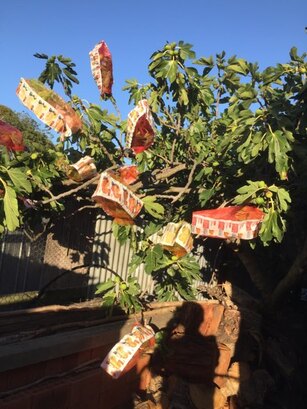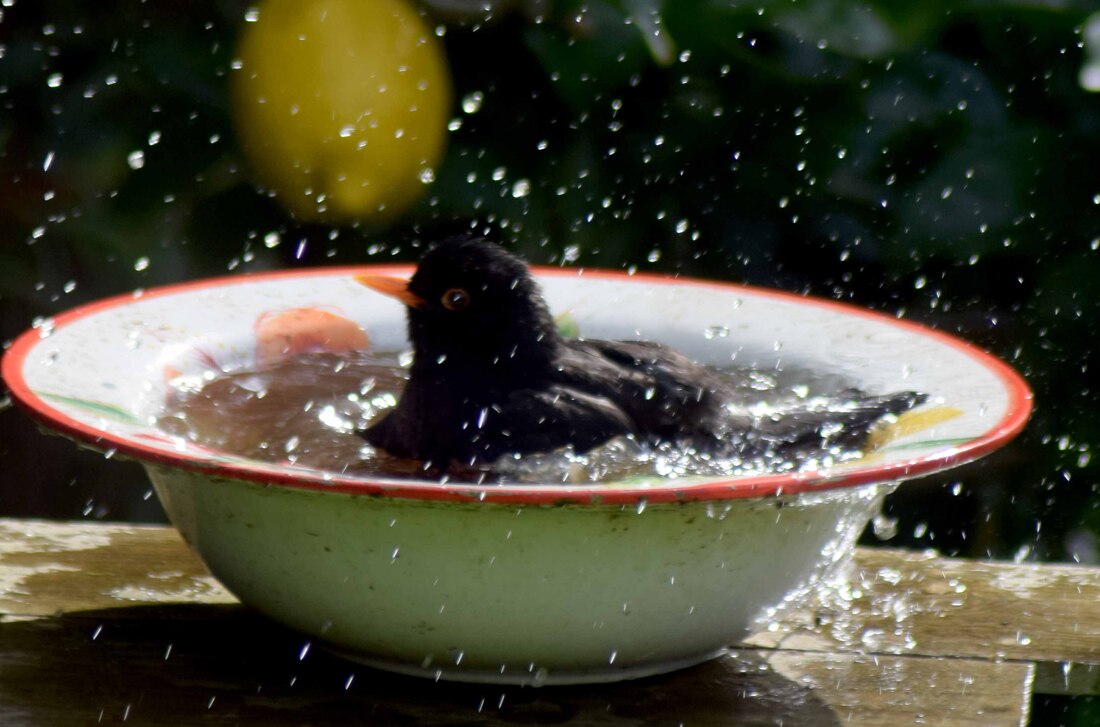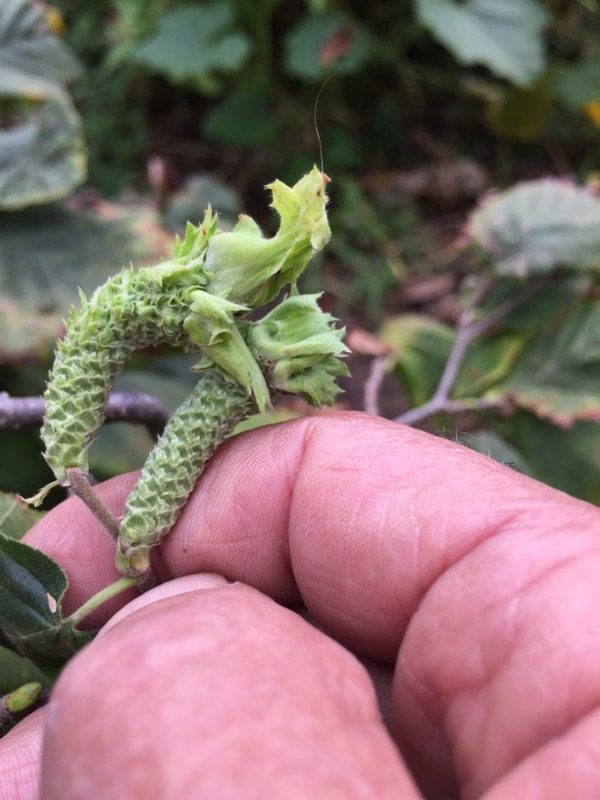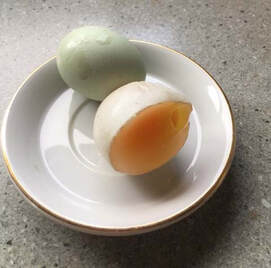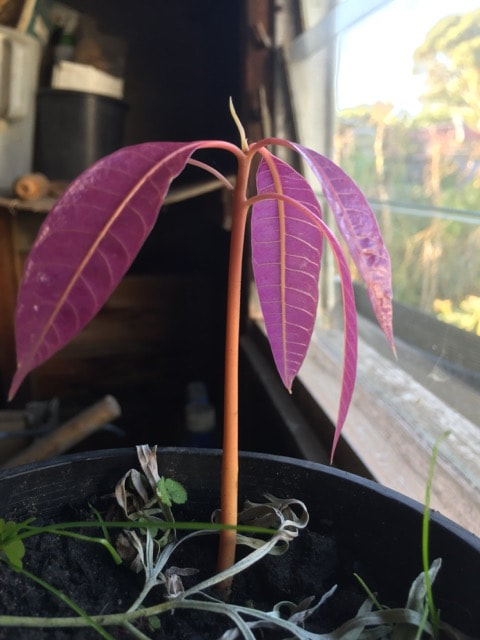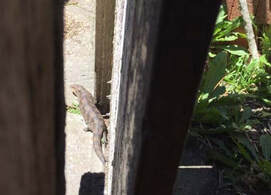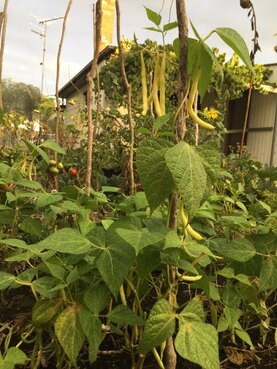
By John Coldebella
AUTUMN is upon us, and despite some scorching sun with high humidity on St Patrick's Day, all the visual signs in the garden confirm that the peak of the summer growing season is behind us.
Pumpkin vines have stopped crawling and their leaves are browning off, revealing the pumpkins that were hidden beneath them a few weeks ago.
Early crops of beans have lost their leaves and the beans that were left for seed have dried to a crisp and have been picked and stored away while those planted in mid-January have been ready to harvest for a couple of weeks.
AUTUMN is upon us, and despite some scorching sun with high humidity on St Patrick's Day, all the visual signs in the garden confirm that the peak of the summer growing season is behind us.
Pumpkin vines have stopped crawling and their leaves are browning off, revealing the pumpkins that were hidden beneath them a few weeks ago.
Early crops of beans have lost their leaves and the beans that were left for seed have dried to a crisp and have been picked and stored away while those planted in mid-January have been ready to harvest for a couple of weeks.
Most things did well this year with the exception of tomatoes and potatoes, though results varied from yard to yard and even within the same yard. A south Dudley gardener went to a fenced off section of her yard which she hadn't accessed for months and found a thriving self-sown tomato plant with over a dozen huge tomatoes on it, some of them ripe. Several metre-long stems were happily and bountifully crawling along the ground. The tomato plants that were being tended in the garden didn't do anywhere near as well. The same thing happened to me with a plant bearing ripe fruit that I found in the chook pen. Mysteriously, the chooks and other birds hadn't eaten them.
The dryer conditions also made for better returns on stone fruit but there was some rot in nectarines. The early cling peaches were plentiful and delicious but the current crop just beginning to ripen has attracted the attention of neighbourhood possums and I have had to cover individual fruit with multiple orange bags secured with a clothes peg.
My neighbour went to great lengths to build a frame over which he hung a net to protect his apples and pears from lorikeets but a possum tore a hole in it large enough for a small dog to crawl through. Just when you think you've covered all bases a new challenge presents itself.
The dryer conditions also made for better returns on stone fruit but there was some rot in nectarines. The early cling peaches were plentiful and delicious but the current crop just beginning to ripen has attracted the attention of neighbourhood possums and I have had to cover individual fruit with multiple orange bags secured with a clothes peg.
My neighbour went to great lengths to build a frame over which he hung a net to protect his apples and pears from lorikeets but a possum tore a hole in it large enough for a small dog to crawl through. Just when you think you've covered all bases a new challenge presents itself.
| When I heard we were in for another La Niña summer, I rubbed my hands together anticipating another season like the last one when regular rainfall reduced the need for watering and plants experienced little if any heat stress. It seems that NSW and Queensland got our share of the rain along with a lot more, leading to the catastrophe that is still playing out. Back to the birds, they did it hard this year. It didn't matter how early they were, there were few worms to be had, most of them heading deep into the earth because of the dry conditions. Lorikeets, desperate for food, began eating apples the size of walnuts which would have contained little moisture and no seeds. For the first time, they also ate half green plums which they would normally leave for the blackbirds. Up in the fig tree, mynahs, starlings, wattlebirds and blackbirds began their assault when the fruit was also still very small, hard and green, nowhere near ripe. Doves found chook pellets with no notable protest from the chooks. The galahs who had taken up residence on Strong's reserve where they had foraged for grass bulbs over the last ten years were moved on by a large gathering of corellas. I felt sorry for the galahs; of all the large-beaked garden pilferers that arrived with the millennium drought, they are the only ones that have not been a problem in my garden. They seem happy with what is to be found in parks and on nature strips and lawns. Backyard bird baths had large queues and needed refilling every couple of hours, and though there were no days with temperatures over the mid thirties, birds sat around with their mouths open, seemingly panting like dogs. One unfortunate blackbird died almost instantly after an explosively loud, high speed collision with one of my kitchen windows. Perhaps there was a hawk in the neighbourhood that caused the frantic flight that led to the mishap. The season also produced two other items for 'weird goings on in the garden' discussion. The first involves some so called dwarf beans planted in January that eventually needed stakes as they produced runners that continued to climb, some reaching a height of 75 cm. The other 'first' involved hazelnut trees. Around the end of February when the last of the nuts have finished falling, the male flowers (which are called catkins) that will pollinate the next lot of female flowers are already present on the tree. This year, some of them have taken on what appears to be hermaphrodite characteristics, attempting to produce a nut. I mentioned last year that walnut trees were two months late coming out of their winter hibernation. Mine ended up producing very few nuts but a tree in the next street has normal yield if not more than ever. I have taken much pleasure in the light purple foliage of a newly sprouted mango seedling. One of my chooks laid an egg that looked as though it had been cut in half and both chooks became very vocal when a blue-tongued lizard entered the pen, possibly looking for water. This brings to mind the talk I've heard in recent times about all the Australian animals and birds which are considered to be in danger of extinction. The warnings emphasise the disappearance of life-supporting habitat as a critical factor and I can't help wondering if the mass migration of previously unseen birds into our towns over the last decade or so might be one sign that this threat of extinction is in fact real; the canary in the coal mine so to speak. Gardeners are now in an ever increasing competition with birds and possums for food. I've heard of crows digging up newly planted potatoes. I've seen crows eating peas from the plant. Will we see the larger birds turn to other vegetables such as beans and corn in an attempt to stay alive? Time will tell. Outside the garden, on a bush track, a friend and I witnessed a frenzied writhing of two small entangled snakes which, after five minutes resulted in one of them being headfirst inside the mouth of the other one. I regret not taking a video of the action or a photo when the struggle was over. |
It's now time to pull out all those plants that have finished producing and throw them in a pile or compost bin to break down over the winter. Large, tougher plants such as corn will decompose more quickly if chopped into small pieces. It is also time to get moving on winter vegetables such as silver beet, spinach, cabbages, swedes, cauliflower and whatever else takes your fancy.
